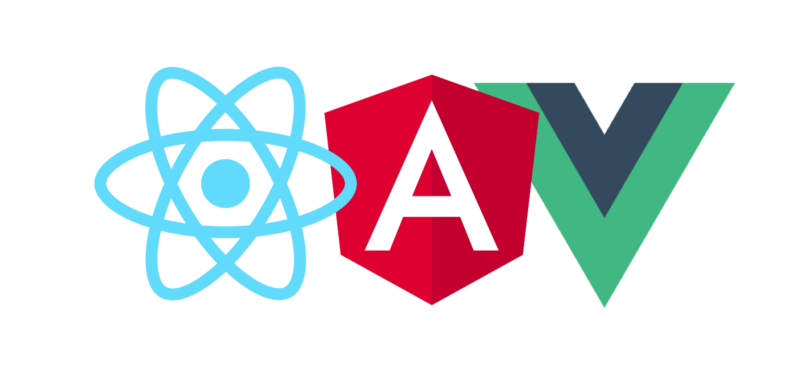Javascript Frameworks
 Reagan Mwangi
Reagan MwangiTable of contents

Javascript frameworks are pre-written standardized sets of code that help developers build web applications quickly and efficiently. These frameworks provide a structure for organizing code, offer reusable components, and often include features for handling common tasks like routing, state management, and data fetching. Here’s an overview of some of the popular frameworks.
- React:
- Description: React is a declarative component-based javascript library for building user interfaces it allows developers to create reusable UI components and manage the application's state efficiently.
- Key Features:
Virtual DOM for interface rendering.
Component-based architecture.
JSX syntax for writing component templates.
Unidirectional data flow with props and state.
React Hooks for managing state and side effects.
React Router for client-side routing.
- Examples: Facebook, Instagram, Airbnb
- Angular:
- Description: Angular is a comprehensive, opinionated framework for building web and mobile applications. It provides a full-featured solution for developing single-page applications(SPAs) with a focus on modularity and productivity
- Key Features
Two-way data binding between view and model.
Dependency injection for managing components and services.
Typescript support for static typing and enhanced tooling.
Angular CLI for scaffolding and building projects.
RxJS for handling asynchronous operations and data streams.
Angular Universal for server-side rendering.
- Example: Google, Microsoft, Paypal
- Vue.js
- Description: Vue.js is a progressive JavaScript framework for building user interfaces. It is designed to be incrementally adoptable allowing developers to integrate Vue.js into existing projects and scale as needed.
- Key Features
Reactive data binding with Vues reactivity system.
Component-based architecture with single file components.
Vue Router for client-side routing.
Vuex for state management.
Vue CLI for scaffolding and building projects.
Vue DevTools for debugging Vue applications
- Example: Alibaba, Xiaomi, Adobe
- Svelte:
- Description: Svelte is a radical new approach to building user interfaces. Unlike traditional frameworks, Svelte shifts the work of building components from the browser to the build step resulting in highly sufficient and lightweight applications.
- Key Features
Writes less code with Svelte’s reactive syntax.
Copile-time optimization for smaller bundle sizes.
No virtual DOM results in faster runtime performance.
Easy integration with third-party libraries and frameworks.
Build in transition and animations.
SvelteKit for building server-render applications.
- Example: The New York Times,Chess.com
- Ember.js
- Description: Ember.js is a robust opinionated framework for building ambitious web applications. It provides a strong convention-over-configuration philosophy and includes features like routing data management and testing out of the box
- Key Features
Convention over configuration for rapid deployment.
Ember data for managing data models and API communication.
Ember CLI for generating and managing projects.
Ember inspector for debugging Ember applications
Ember FastBoot for server side rendering.
Ember Octane for modern, idiomatic javascript programming.
- Example: LinkedIn, Discourse, Square
Each javascript framework has its strengths and use cases so the choice of framework often depends on factors like project requirements, team expertise, and personal preferences
Subscribe to my newsletter
Read articles from Reagan Mwangi directly inside your inbox. Subscribe to the newsletter, and don't miss out.
Written by
